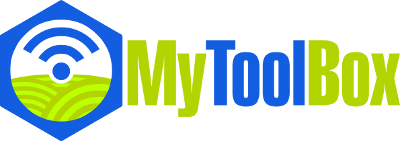MyToolBox
The smart way to tackle mycotoxins
The mycotoxin issue
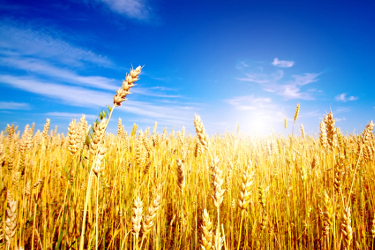 Mycotoxins are low-molecular-weight, secondary metabolites of fungi which are toxic to animals and humans even in low concentrations. Their occurrence in various food crops is of major concern since it has significant implications for food and feed safety, food security and international trade.
Mycotoxins are low-molecular-weight, secondary metabolites of fungi which are toxic to animals and humans even in low concentrations. Their occurrence in various food crops is of major concern since it has significant implications for food and feed safety, food security and international trade.
The occurrence of fungal and subsequently mycotoxin contamination in various food crops is of major concern since it has significant implications for food and feed safety, food security and international trade. Mycotoxins are low-molecular-weight, secondary metabolites of microscopic filamentous fungi which are toxic to animals and humans even in low concentrations. These toxins enter the food and feed chains via infected crops that are either directly consumed by humans or indirectly ingested as a consequence of crops as an animal feed ingredient. Mycotoxins have been linked to human oesophageal cancer, equine leukoencephalomalacia, toxic feed syndrome in poultry, and pulmonary edema in pigs. In recent years, research on cumulative risks, exposure, and long-term effects has raised awareness for the control and reduction of such health risks and the sale and use of foods containing mycotoxin is under strict regulatory controls.
In 2014, the majority of EU's RASFF (Rapid Alert System for Food and Feed) rejections were due to mycotoxin contamination that exceeded the regulatory limits. Grain and foods based on these grains (e.g. pasta, bread, bakery products) account for the largest contribution to mycotoxin exposure in all age classes of the EU population, in particular due to the mycotoxins produced by Fusarium spp. (deoxynivalenol [DON], T-2/HT-2 toxins, zearalenone [ZEN], ochratoxin A [OTA] and fumonisins).
The RASFF notification system also reveals that among the susceptible fruit imported into the EU, the commodity with the highest risk for aflatoxin contamination was dried figs. In addition, over the last five years RASFF reported 292 alerts relating to aflatoxin levels exceeding legal limits in peanuts imported from China.
Multiple losses in the livestock sector
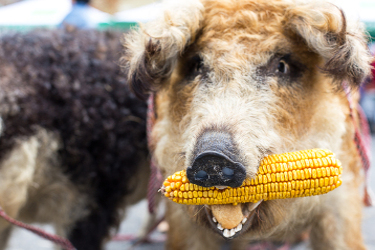 In general, it is estimated that mycotoxins account for 5-10% of annual crop losses worldwide.b Considering an average EU-wide production of wheat, maize and oats of about 203 million tons since 2005 (worth about 33 billion €), losses could easily exceed 1 billion € per year.
In general, it is estimated that mycotoxins account for 5-10% of annual crop losses worldwide.b Considering an average EU-wide production of wheat, maize and oats of about 203 million tons since 2005 (worth about 33 billion €), losses could easily exceed 1 billion € per year.
The EU produces yearly about 133 million tons (MT) wheat (~M€ 29038), 68 MT maize (~M€ 13571) and 8 MT oats (~M€ 1543). Results using latest state-of-the-art multi-analyte methods show that almost 100% of the crops is contaminated with one or more mycotoxins. With annual losses due to mycotoxins estimated at 5-10%, this could in the worst case equate to €1.2-2.4 billion (Bn) in lost income for wheat alone, a reduction in these losses of only 1% would save €12-24 Mio.
Exposure of livestock to mycotoxins may also lead to substantial economic losses. While mycotoxicoses in agricultural animals are regularly reported, it is difficult to get an accurate estimate of the burden of market loss associated with animal health and productivity, and loss of animal feed. However, several publications from different parts of the world provide some insight into the potential magnitude of the problem. A loss of 225 million US$ per annum for feed maize was estimated in the USA due to contamination with aflatoxins, and an additional loss of livestock of 4 million US$ per annum. Losses due to decreased weight gain in pigs resulting from fumonisin contamination of DDGS (dried distillers' grain soluble from bioethanol production) in the USA were estimated at 147 million US$ annually.
The majority of the estimate are limited to aflatoxin and fumonisin in a few countries only. This shows that on a worldwide basis and taking account of other commodities and other mycotoxins as well, the losses in the livestock sector will be multiple.
Climate change
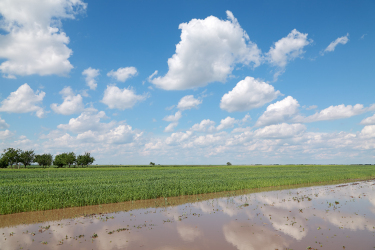 Extreme weather events as a result of climate change is increasingly affecting the mycotoxin map in Europe and world-wide.
Extreme weather events as a result of climate change is increasingly affecting the mycotoxin map in Europe and world-wide.
In February - March 2013 Romania, Serbia and Croatia, reported aflatoxin M1 contamination of milk. Severe droughts in Serbia in 2012 resulted in 70% of the maize crop being contaminated with aflatoxins. Use of this maize to feed dairy cattle led to the high levels of aflatoxin M1 in milk, up to twice the EU legal limit. The milk scandal was fuelled when the permitted level of aflatoxin M1 in milk in Serbia was temporarily raised to 0.5 µg/kg milk, 10 times the EU legal limit. In recent years, a dramatic increase in DON contamination in Nordic countries has been observed. The Norwegian Scientific Committee for Food Safety concluded in a study published in 2013 that "The estimated mean and high (95-percentile) exposures to DON ...were in the range of, or exceeded the TDI by almost 2 times in 1-year-old infants and 2-year-old children and up to 3.5 times in years with high DON levels which has been especially true for oat based products".
On the other hand the catastrophic floods and the rainy summer in 2014 resulted in low levels of aflatoxin B1 with high levels of DON. Obviously, extreme weather conditions as a result of climate change is increasingly affecting the mycotoxin map in Europe and also world-wide.
The solution
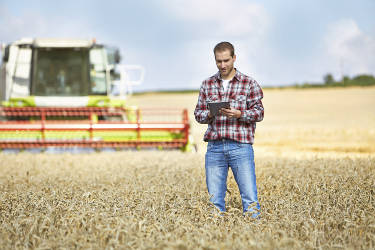 MyToolBox - "Safe Food and Feed through an Integrated ToolBox for Mycotoxin Management" is a project which goes beyond the field-to-fork approach to reduce moulds and mycotoxins in the food and feed chains.
MyToolBox - "Safe Food and Feed through an Integrated ToolBox for Mycotoxin Management" is a project which goes beyond the field-to-fork approach to reduce moulds and mycotoxins in the food and feed chains.
Despite huge research investments prevention and control of these toxic secondary metabolites remains difficult and the agriculture and food industries continue to be vulnerable to problems of mycotoxin contamination. Hence, there is a pressing need to mobilise the wealth of knowledge that exists from the mycotoxin research in Europe and internationally conducted over the past 25-30 years and to perform cutting-edge research where knowledge gaps still exist. This knowledge needs to be integrated into practical and affordable tools that can be used by farmers and food processors along the chain in order to reduce the risk of mycotoxin contamination of crops, feed and food, to prevent losses and waste along the food chain, and to provide traceability information to the supply chain and consumers using mainstream Information and Communications Technology (ICT).
Existing knowledge combined with novel findings need to be adapted and integrated to provide the vehicle needed to practically implement this knowledge into tools for use along the chain: this is the mission of the MyToolBox project. The consideration of the entire chain soil - field - crop - food processing - waste management - alternative energy, to ensure food & feed security and safety within a sustainable economic approach, is a major motivation behind MyToolBox.
